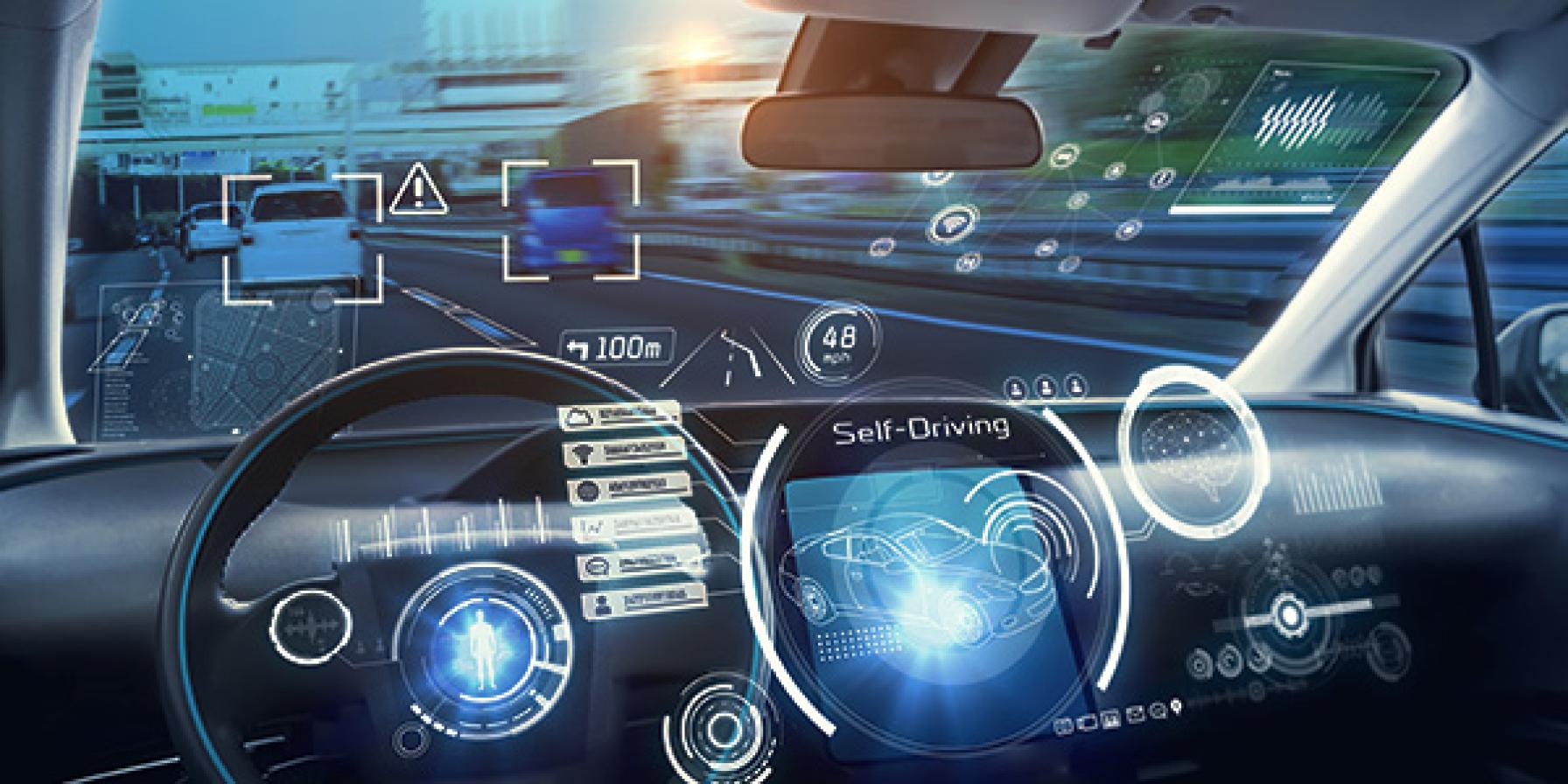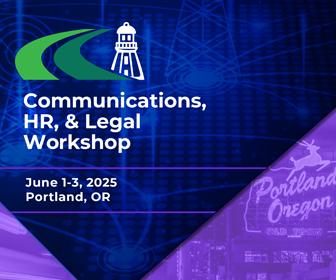- Home
- IBTTA Insights
- How AVs and CAVs Could Change the Tolling Industry
Stories
How AVs and CAVs Could Change the Tolling Industry

Guest blog post by David Cuneo, Associate Director at Steer.
Transportation and mobility are evolving.
We have seen the growing popularity of car-sharing, transportation network companies (TNCs), express lanes, telecommuting, web conferencing and new package delivery. Trends toward more widespread road user charging and connected and autonomous vehicles (CAVs) are also emerging.
How will these influences evolve, interact with each other, and impact the tolling industry? What are their potential manifestations, and what risks, challenges and opportunities will the tolling industry face?
Manifestations
There are many interesting future scenarios of the combination of these technologies.
With CAVs allowing travelers to utilize their commuting time for purposes other than just driving, people may choose to live further from work and make longer commutes. This will likely lead to increasing trip distances and volumes. Tolled facilities, both as is and with new infrastructure dedicated to CAVs, could provide a good option to serve these longer trips.
The increasing popularity of TNCs is already causing more auto shares for urban travel. CAVs will likely further increase auto shares and even stimulate additional auto travel. Tolled facilities can benefit from this increase in auto traffic, make investments to improve their advantage relative to non-tolled options, and realize larger effective capacity increases from CAVs than competing non-tolled roads. For example, if CAVs operate better with dedicated infrastructure, tolled facilities can invest in dedicated capacity to capture more of this new market.
People may choose to use mobility as a service instead of owning a car. This could make the toll cost just one element of the overall trip cost and place the toll vs. no-toll decision with the operator instead of the traveler. This would greatly reduce the number of direct customers and decision-makers interacting with tolled facilities.
Finally, we could see the whole highway landscape evolve to be like the deregulated British rail industry, with separate parties becoming responsible for network ownership, network maintenance, vehicle ownership, and vehicle routing and operations. In this scenario, tolling authorities would need to figure out how they fit into a new landscape, potentially being the network owner and responsible for maintenance, with other companies owning the vehicles (auto manufacturers or car rental companies could evolve into this role) and responsible for vehicle routing and operations (TNCs could logically serve this role).
Risks, Challenges and Opportunities
While the exact combination of these technology and system changes has yet to materialize, the tolling industry could face a number of risks, challenges, and opportunities, regardless of the exact manifestation.
CAVs will allow highways to operate with more capacity and at faster speeds, which could erode the travel time savings that tolled facilities provide travelers. While this is certainly a risk, there are also opportunities. How can tolled facilities differentiate their infrastructure to attract travelers for other reasons? Will CAVs need dedicated infrastructure, and if so, will tolled facilities differentiate themselves by offering this dedicated infrastructure?
How do TNCs incorporate dynamic tolls into the prices they quote and ultimately charge customers in real time? Are there opportunities for tolling operators to make this easier for TNCs through improved data sharing? Could they partner with them on promotions and incentives to increase tolled facility demand?
Would the prospect of reducing toll leakage help tolled facilities justify the cost of providing the new, connected technologies? With CAVs, tolling operators should also have much more detailed data on their customers, allowing them to tailor offers to stimulate additional toll traffic.
Whatever the eventual outcome, CAVs and TNCs will have a significant impact on transportation, presenting an array of risk, challenges and opportunities. The tolling industry will need to closely monitor these developments and make timely, strategic decisions to capitalize on new opportunities.
David Cuneo is Associate Director at Steer (formerly Steer Davies Gleave.)
Joining IBTTA connects you to a global community of transportation professionals, offering unmatched opportunities for networking, knowledge-sharing, and collaborative innovation in the tolling and transportation sector.
Follow IBTTA on social media for real-time updates on transportation trends and collaborative opportunities.





